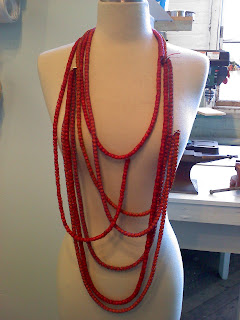PROLOGUE.
Foreign correspondent Jim Biederman reports from a cell phone inside the Louvre, in front of the Mona Lisa, on what people say while they're standing in front of some of the world's greatest works of art. It turns out to be pretty banal. People talk about dinner. And the price of the paintings.It actually makes you feel bad for artists—a group most of us feel no sympathy for whatsoever. After all, it takes years to develop artistic skills; it's intensely competitive; almost no one makes any money doing it; there are jealousies and unfair treatment; and then, if somehow, your work is recognized, and you end up in a museum like the Louvre, you're even treated badly there. (5 minutes)
Act One. Life in a Bubble.
TAL contributing editor Paul Tough talks with Aaron Hsu-Flanders, an acknowledged master in the field of animal balloons, who says that artistic jealousies have ruined his life. Even in the world of latex giraffes and doggies, there are artistic rivalries and bitterness. (9 1/2 minutes)Song: "Tears of a Clown," The English Beat
Act Two. Still Life.
David Sedaris recounts his shameful career as a performance artist. Recorded before a live audience by KUOW Seattle.David's most recent book is Dress Your Family in Corduroy and Denim. (14 minutes)
Song: "The Collector (and the Art Mob)," Terry Allen
Act Three. Reverb.
Ellery Eskelin never met his father, but always heard he was a musical genius. Years after his father's death, Ellery started finding recordings of his musical output: he was the king of "song-poems." These are the songs that result when people answer those ads in the backs of magazines that say, "Send us your lyrics, and we'll write and record your song."Ellery's father's musical output was prodigious—and very odd. An accomplished jazz saxophonist and jazz snob, Ellery listened to his father's tunes, and his own musical taste started to change. (17 minutes)
Song: "Green Bermudas," Ellery Eskelin with Andrea Parkins
Act Four. Grace Note.
After all this doom and gloom about the difficult lives of artists, we end the show with a more hopeful story from Joel Kostman, a New York City locksmith, who tells us about an incident that happened to him on the job.Joel is author of Keys to the City: Tales of a New York City Locksmith.
Song: "Chapel of Love," Barry Winograd and John Siegle



